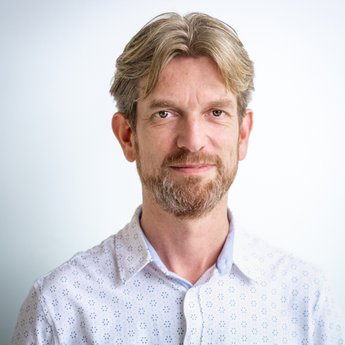Motive
Saint Hubertus Hunting Lodge is situated in the middle of Veluwe National Park. The recently restored building, together with the garden and the park construction, are protected national monuments. The lodge was designed by the architect H. P. Berlage. He created a ‘Gesamtkunstwerk’ for the Kroller-Muller family, in which he designed everything from tableware and silver cutlery, to the green areas surrounding the house.
Dilution of the original design
Berlage’s original plan for the garden and park construction was never fully realised. Various changes and adjustments were made in subsequent years by the new management of the site, which diluted and disrupted the coherence of the original draft and were detrimental to the overall design.






























